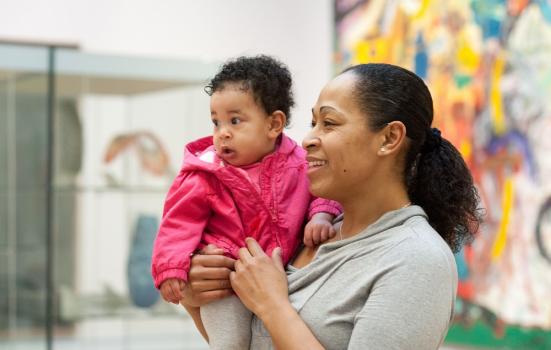An economic and social impact study has revealed how National Museums Liverpool contributes to the local economy, tourism, education and health and wellbeing.

Mark McNulty
National Museums Liverpool (NML) contributes £53m a year and provides more than 1,200 jobs to the local economy, a new economic and social impact study has found.
The report, produced by Regeneris Consulting, identifies the group’s eight museums and galleries as important contributors to the economy, tourism, education and the health and wellbeing of people in the North West.
The popularity of NML, which is the only national museum service in England based outside London, has grown significantly in recent years. In 2015/16 it attracted 2.8 million visits – almost four times the number in 2000/01.
Dr David Fleming, Director of NML, said: “The report is titled Making a Difference, and while National Museums Liverpool is widely recognised as making a huge difference socially, its economic successes are often overlooked.
“We are the largest cultural organisation in the North West and operate on a national and international level, and this report does a great job at highlighting exactly how much we contribute to the local economy and wider region.”
Of the £53m that the report estimates NML contributed to the North West economy in 2015/16, £42m benefitted the Liverpool City Region directly. £30m was generated through employment and spending on suppliers and £23 through the visitor economy.
Reaching more people
An increase in visitor numbers has been achieved despite a 30% cut in the museums grant-in-aid funding in real terms since 2009/10. The Museum of Liverpool, which opened in 2011, and the World Museum attracted over half of the 2.8 million visits last year. Visits to Walker Art Gallery and Lady Lever Art Gallery accounted for just under 20% of the total.
An estimated 86% of the museums’ visits in 2015/16 were made by UK residents, with the rest coming from overseas. More than a third came from within the Liverpool City Region, and 67% of local visitors made more than one trip to a NML site.
The number of schools visiting the museums has increased fivefold, and three-quarters of schools in the City Region engaged with the museums in 2015/16.
Fleming continued: “At a time when other national museums are reporting drops in visitor figures and a decline in educational visits, it’s very heartening to see that we’re moving in a more positive direction here in Liverpool; not only are young people still visiting to learn and be inspired by our collections, exhibitions and activity programmes, but people from all over the world are continuing to come to the city to experience what we have to offer.”
Wellbeing value
Citing research that claims regular museum visits have an associated subjective wellbeing value of £3,200 per year, the report estimates that the ‘wellbeing value’ created by repeat visitors equated to £130m last year.
The Liverpool City Region has below average levels of health deprivation, and the report notes the steps taken by NML to improve the health and social inclusion of those living with physical and mental disabilities. In particular it praises the House of Memories project, which has provided dementia awareness training for 11,0000 professionals and carers to date and is being rolled out across the UK. It estimates that a total of £12.6m in ‘social value’ was created in the year following the training programme.
Sir David Henshaw, Chair of NML, said: “At a time of diminishing public funding, it’s vital that these benefits are spelled out clearly and that we fly the flag for Liverpool arts and culture to show we are up there with the best in the UK and internationally.”




